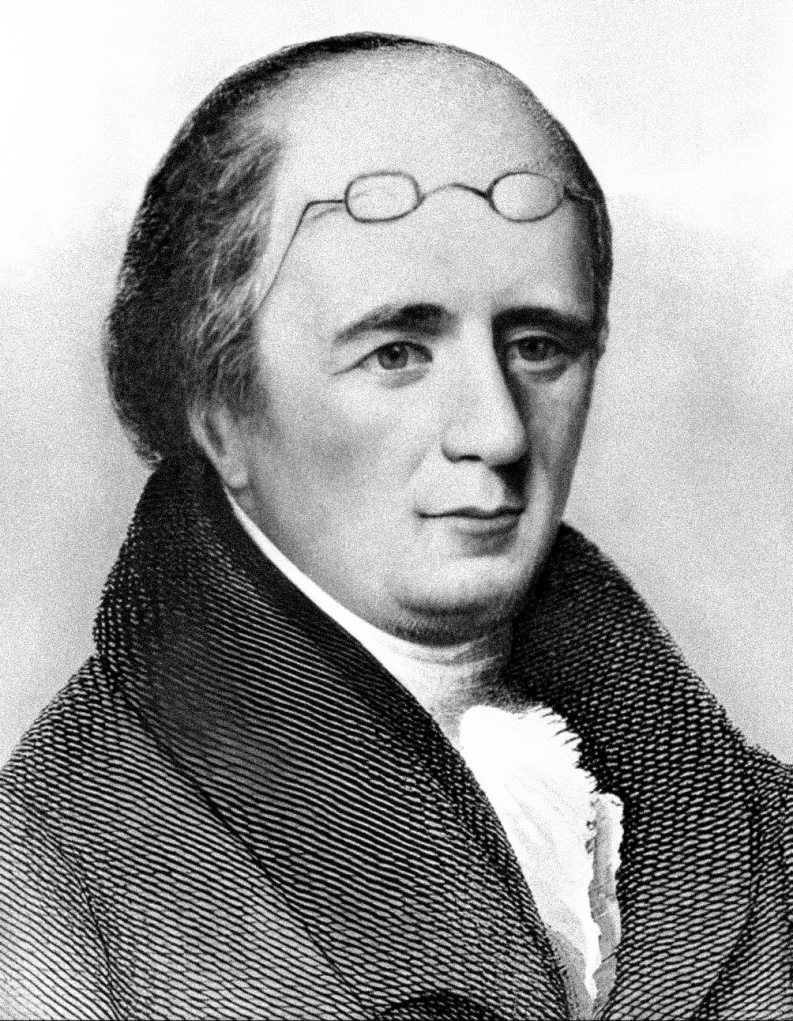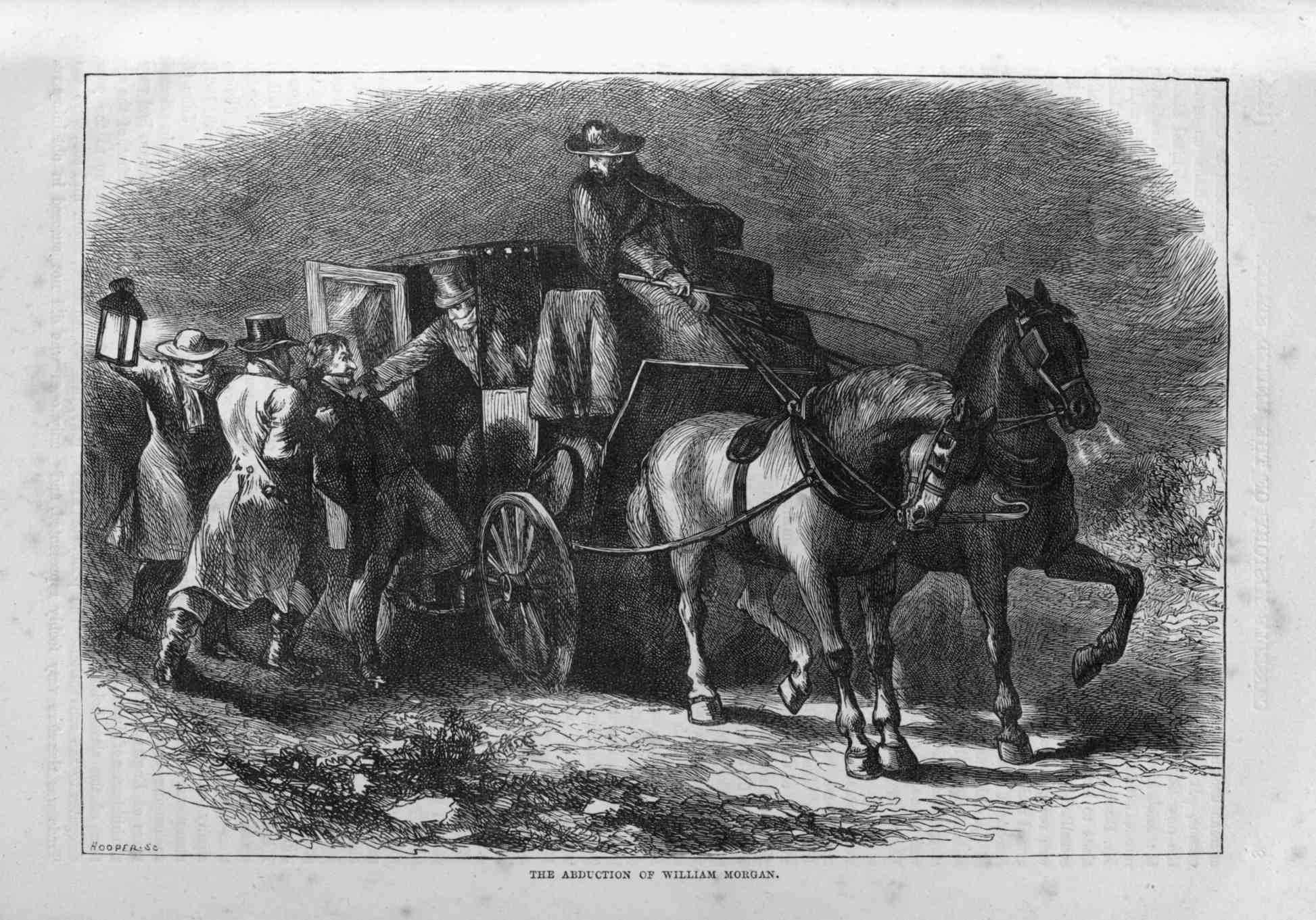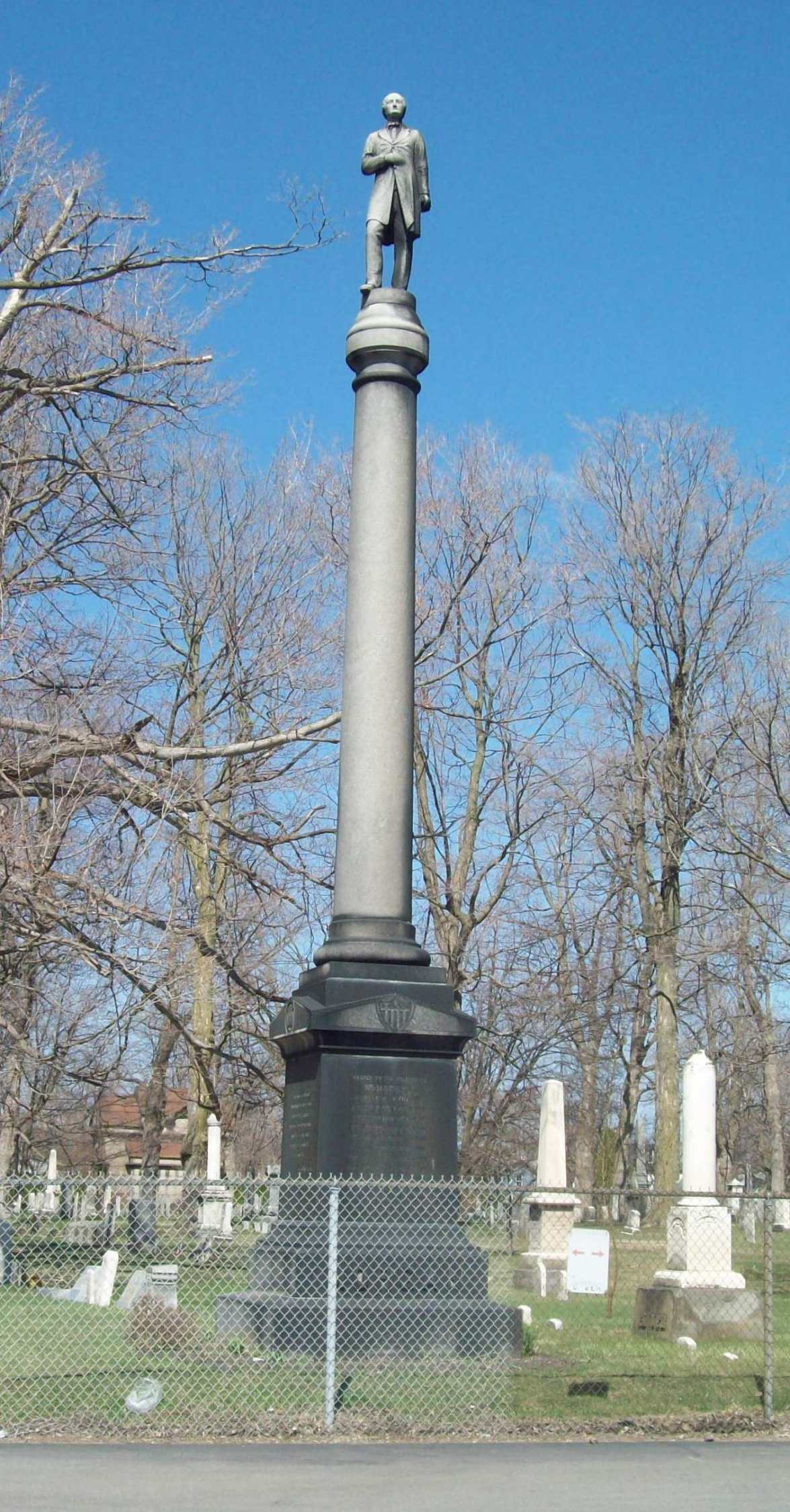The story of William Morgan is shrouded in mystery, Intriguing historians and conspiracy theorists for centuries. Born in Culpeper, Virginia in 1774, Morgan led a seemingly ordinary life, working as a bricklayer and stone cutter before opening a store in Richmond, Virginia. However, it was his involvement with the Freemasons that would ultimately lead to his enigmatic disappearance, sparking a wave of anti-Mason sentiment and forever altering the course of history.

Early life and education of William Morgan
William Morgan’s early life was marked by hard work and determination. He honed his skills as a bricklayer and stone cutter, saving up enough money to start his own store in Richmond, Virginia. While his exact birth date is uncertain, Morgan was born in 1774 in Culpeper, Virginia. Despite his humble beginnings, Morgan’s life would soon take a dramatic turn.
Military service
Although Morgan claimed to have served as a captain during the War of 1812, there is little evidence to support this assertion. While several men named William Morgan appear in the Virginia militia rolls for this period, none held the rank of captain. The veracity of Morgan’s military service remains a subject of debate and speculation.
Marriage and family
In 1819, at the age of 45, Morgan married Lucinda Pendleton, a 19-year-old woman from Richmond, Virginia. The couple had two children, Lucinda Wesley Morgan and Thomas Jefferson Morgan. However, tragedy struck when Morgan’s brewery in York, Upper Canada was destroyed in a fire, leaving the family in dire straits. Forced to relocate, they settled in Rochester, New York, where Morgan resumed his work as a bricklayer and stonecutter. Despite rumors of Morgan’s heavy drinking and gambling, his friends and supporters vehemently denied these characterizations.
The secrets of Freemasonry and William Morgan’s revelations
Interestingly, William Morgan’s life took a dramatic turn when he claimed to have been made a Master Mason while living in Canada. He briefly attended a lodge in Rochester and received the Royal Arch degree at Le Roy’s Western Star Chapter Number 33. However, the authenticity of these claims remains uncertain, as there is no definitive evidence to confirm his membership or degree status.
Having originated as a guild of skilled builders during the Middle Ages in Europe, Freemasons belong to the oldest fraternal organization globally. Over time, the society’s core purpose shifted due to the decline of cathedral construction. Today, Freemasons function as a philanthropic and social group aiming to guide their members towards leading virtuous and socially committed lives. While not classified as a secret society per se, the organization does incorporate secret passwords and rituals that trace back to the practices of the medieval guild.
In 1826, Morgan announced his intention to publish a book titled “Illustrations of Masonry,” a scathing expose critical of the Freemasons and their secret degree ceremonies. He alleged that a local newspaper publisher, David Cade Miller, had given him a substantial advance for the work. Miller, who had been unable to advance within the Masonic ranks due to objections from Batavia lodge members, saw an opportunity to profit from Morgan’s revelations.
The strange disappearance
The publication of Morgan’s expose and his betrayal of Masonic secrets unleashed a wave of anger and retaliation from the Freemasons. Members of the Batavia lodge published an advertisement denouncing Morgan for breaking his word. There were even attempts to set fire to Miller’s newspaper office and print shop, a clear message that the Masons would not tolerate their secrets being revealed.
On September 11, 1826, Morgan was arrested for nonpayment of a loan and allegedly stealing a shirt and a tie. While in jail, he could be held in debtors’ prison until restitution was made, effectively preventing him from publishing his book. However, Miller learned of Morgan’s arrest and went to the jail to pay the debt and secure his release. Unfortunately, Morgan’s freedom was short-lived.

Morgan was re-arrested and charged with failing to pay a two-dollar tavern bill. In a startling turn of events, a group of men convinced the jailer’s wife to release Morgan. They whisked him away in a waiting carriage, and two days later, Morgan arrived at Fort Niagara. It was the last time he was seen alive.
Theories and aftermath
The fate of William Morgan remains a subject of conjecture and speculation. The most widely accepted theory is that Morgan was taken by boat to the middle of the Niagara River and thrown overboard, presumably drowning. However, there are conflicting accounts and reports of Morgan being sighted in other countries, although none of these reports have been substantiated.
In October 1827, the shores of Lake Ontario witnessed the discovery of a severely decayed corpse. It was widely speculated to be Morgan, and thus the body was laid to rest under his name. Nevertheless, the wife of Timothy Monroe, a Canadian who had gone missing, confirmed without a doubt that the attire adorning the body was the very same outfit her husband had been clad in when he vanished.
According to Reverend C. G. Finney’s anti-Masonic book The Character, Claims, and Practical Workings of Freemasonry (1869), Henry L. Valance supposedly made a deathbed confession in 1848, admitting to his involvement in Morgan’s murder. This alleged event is narrated in chapter two.
The aftermath of Morgan’s disappearance was far-reaching. Anti-Mason sentiment swept the nation, leading to the creation of the Anti-Masonic Party and the downfall of the Freemasons in New York. The event also sparked an intense investigation and legal proceedings, resulting in the conviction and imprisonment of several Masons involved in the kidnapping and conspiracy.
Monument to Morgan

In 1882, the National Christian Association, a group opposed to secret societies, erected a monument in Batavia Cemetery in memory of William Morgan. The monument, witnessed by 1,000 people, including representatives from local Masonic lodges, bears an inscription recounting Morgan’s abduction and murder by the Freemasons. This monument stands as a testament to the enduring legacy and mystery surrounding his disappearance.
Representation in other media
The story of William Morgan has captured the imaginations of authors and writers throughout history. John Uri Lloyd, a pharmacist, incorporated elements of Morgan’s kidnapping into his popular novel “Etidorhpa.” In Thomas Talbot’s novel “The Craft: Freemasons, Secret Agents, and William Morgan,” a fictionalized version of Morgan’s disappearance is explored, weaving a tale of espionage and intrigue.
Final words
The mysterious disappearance of William Morgan continues to fascinate and intrigue us to this day. From his humble beginnings as a bricklayer to his involvement with the Freemasons and his ultimate betrayal, Morgan’s story is one of secrecy, conspiracy, and the enduring power of truth. As we unravel the enigma of his disappearance, we are reminded of the profound impact one man can have on history. William Morgan’s legacy lives on, forever etched in the annals of the anti-Mason movement.
After reading about the strange disappearance of William Morgan, read about Rudolf Diesel – the diesel engine inventor who disappeared into the thin air!




